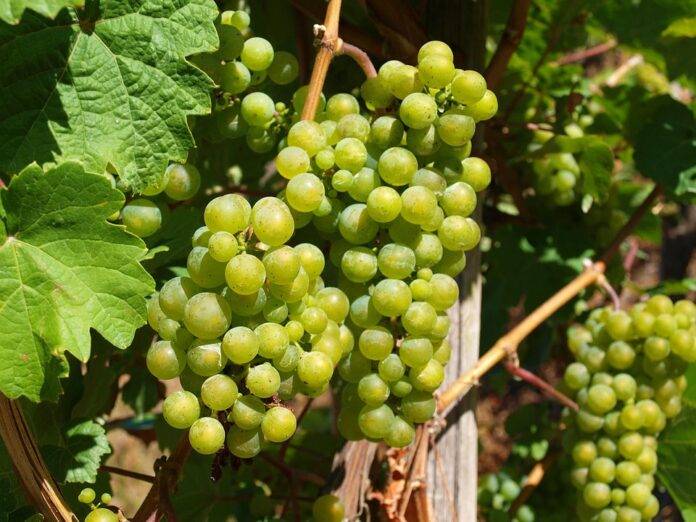Introduction
The wine industry is vast and diverse, with each varietal offering unique characteristics that appeal to different palates. Among the many grape varieties cultivated around the world, Riesling stands out for its versatility and ability to produce a wide range of styles, from bone-dry to lusciously sweet. Riesling producers often focus on transparency in sweetness and labeling to educate consumers and help them make informed purchasing decisions.
Importance of Transparency in Sweetness
Consumer Education
One of the main reasons why Riesling producers emphasize transparency in sweetness is to educate consumers about the different styles of Riesling available. Riesling can be made in a variety of sweetness levels, ranging from bone-dry (trocken) to extremely sweet (beerenauslese). By clearly labeling the sweetness level of their wines, producers can help consumers understand the taste profile of each wine and choose one that matches their preferences.
Quality Perception
Transparency in sweetness also contributes to the overall perception of quality in Riesling wines. When producers clearly indicate the sweetness level on the label, it shows that they are confident in the quality of their product and have nothing to hide. This transparency builds trust with consumers and enhances the reputation of the brand.
Labeling Regulations and Standards
Regulatory Requirements
In many wine-producing regions, including Germany and the United States, there are strict regulations governing how sweetness levels must be indicated on Riesling labels. For example, in Germany, the terms “trocken” (dry), “halbtrocken” (off-dry), and “lieblich” (sweet) are commonly used to describe the sweetness level of Riesling wines. These regulations ensure that consumers have access to accurate information about the product they are purchasing.
Industry Standards
Beyond regulatory requirements, there are also industry standards that Riesling producers adhere to when labeling their wines. Many producers use a scale of sweetness, such as the International Riesling Foundation’s Riesling Taste Profile, which categorizes wines from dry to sweet based on residual sugar levels. By following these industry standards, producers can provide consistency in labeling and help consumers easily identify the sweetness level of a Riesling wine.
Financial Impact of Transparency in Sweetness
Consumer Trust and Loyalty
Transparency in sweetness can have a positive financial impact on Riesling producers by building consumer trust and loyalty. When consumers feel confident in the information provided on the label, they are more likely to purchase the product and become repeat customers. This trust and loyalty can lead to increased sales and brand recognition in the market.
Market Differentiation
By focusing on transparency in sweetness and labeling, Riesling producers can differentiate their wines from competitors in the market. Consumers who are looking for a specific sweetness level in a Riesling wine will be more inclined to choose a producer that clearly indicates this information on the label. This differentiation can help producers stand out in a crowded market and attract a niche segment of consumers.
Industry Insights and Trends
Shift Towards Dry Styles
In recent years, there has been a noticeable shift towards drier styles of Riesling among consumers. This trend is driven by a growing preference for wines that are less sweet and more food-friendly. As a result, Riesling producers are adjusting their production techniques and labeling strategies to cater to this changing consumer demand. By offering more dry styles of Riesling and clearly indicating the sweetness level on the label, producers can better align with market trends and attract a broader audience.
Emphasis on Terroir and Quality
Another industry trend influencing Riesling producers is the emphasis on terroir and quality in winemaking. Consumers are increasingly interested in the unique characteristics of different wine regions and the impact of terroir on the final product. Riesling producers are highlighting the terroir of their vineyards and the quality of their wines through transparent labeling practices. By providing information about the vineyard location, soil composition, and winemaking techniques on the label, producers can appeal to consumers who value authenticity and craftsmanship in their wine choices.
Conclusion
In conclusion, Riesling producers focus on transparency in sweetness and labeling to educate consumers, comply with regulations, and differentiate their wines in the market. By providing clear information about the sweetness level of their wines, producers can build consumer trust, enhance the perception of quality, and drive sales. As the industry continues to evolve, Riesling producers will need to adapt to changing consumer preferences and market trends to remain competitive in the global wine market.



